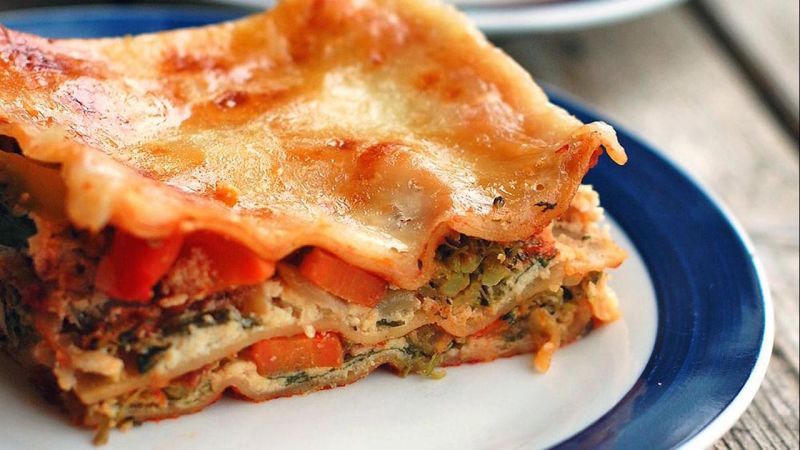The meals and beverages shade enterprise — a gap phase of the dyes and pigment industry — no longer only benefits from the growth ultimately marketplace (FMCG sector) but also has sizable access limitations due to its relatively regulated commercial enterprise. As a result, the enterprise has an oligopolistic shape, wherein just a few organizations are up to the dimensions in technical know-how and first-rate management.
Vidhi Specialty Food Ingredients Ltd. (Market Cap: Rs 357 crore) is one of only a few within the indexed area that meets those criteria and offers a palette of shade solutions vetted through a stringent customer approval cycle worldwide. Established in 1994, Vidhi is led by promoters (64 . Three percent) with long experience in the food color enterprise.

Measuring possibility length
The global meals and beverages shade market is anticipated to be about USD 1.1 billion, with 1/2 contributed via green food colors and the alternative 1/2 using synthetic meal colors. It is exceedingly small compared to about USD four billion in the global dyes and dye intermediates market. Still, the potentialities of the food coloration enterprise are underpinned through noticeably standard growth developments.
Market researchers forecast a mid to high-single-digit CAGR (compounded annual growth rate) in the medium term, driven by regulatory requirements, urbanization, and structural demand drivers for the food and beverage industry. Key global producers of meal shades are Sensient Technology Corporation, CHR Hansen, GNT Roh, Dyechem, and Dynamic Products.
Vidhi Specialty, a leading participant in the synthetic colorations market, faces competition from Sensient and Roha Dyechem.
Applications – stop markets.
Food coloring is used in confectionery, bakery merchandise, cakes, dairy products, seasonings, drinks, puppy meals, etc. The usage varies from improving taking place shade to overlaying natural variations in colors and protecting flavors and nutrients from environmental damage.
Prominent clients for Vidhi consist of Proquimac, Univar, Nestle, Mars, Pedigree, and Sanofi.
Regulatory requirement – a key barrier to entry
The use of colors in meals is intently regulated and varies from location to region. It is stated that about 14 hues are approved for use in meals in Europe, 6 in the USA, and 8 in India. Roha Dyechem says some colorings are authorized in Europe and the USA but not allowed in India (like Allura). So, constantly retaining various approvals (BIS, FDA, EU & WHO) and certifications (Kosher & Halal) backed by the proper lab with testing centers is an ongoing requirement.
Why can we decide on Vidhi Specialty?
1. Change in the running model – Earnings accretive
Vidhi’s business version has converted over the last three hundred and sixty-five days. It has pursued debottlenecking initiatives, which have extended its production performance to about three hundred lots in line with a month from 225 heaps earlier. Also, its income mix has changed as Vidhi has reduced its reliance on buying and selling.
In FY17, trading accounted for forty-five percent of sales, which has now reduced to about 29 percent. On account of this pronged approach, while the organization’s top line has been consistent, operating margins have multiplied notably. Sales for the first nine months of FY19 have increased by a regular 7 percent; however, EBITDA has surged by forty-nine percent on a YoY basis. Note that the gross margin for Sensient’s shade department of Sensient is still above Vidhi’s, at approximately 42 percent.

